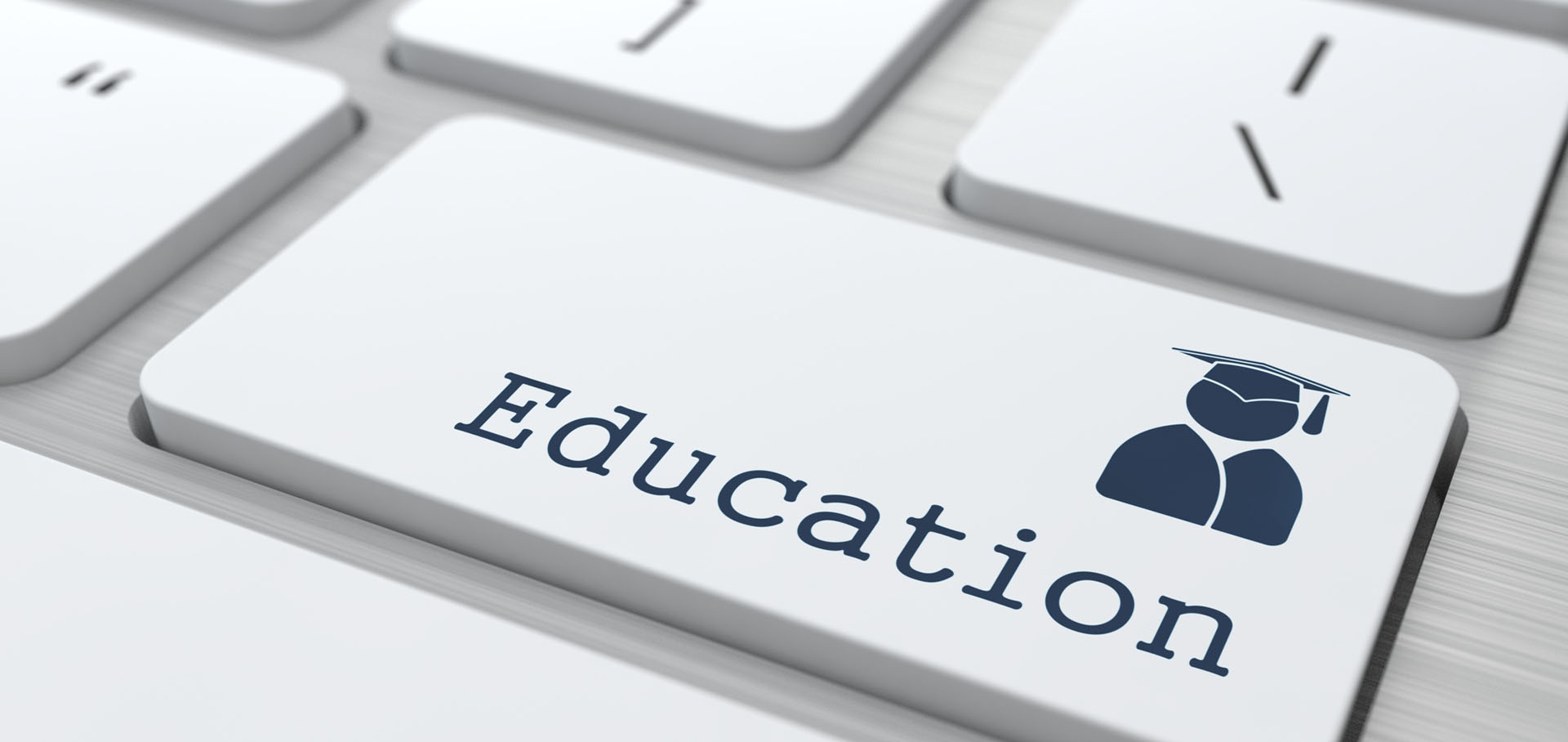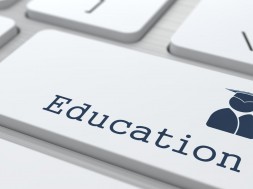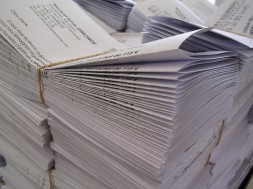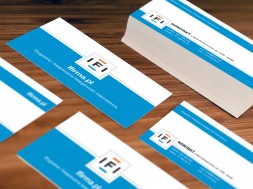
Education Keeping Print Alive: The Role of Digital Printing in Education
More and more classrooms are shifting away from traditional teaching techniques and going digital. There is an increasing usage of tablets and laptops in classes globally and yet, even with these changes, the role of digital printing remains important in the dissemination of knowledge. Lesson plans, homework, tests and the like still continue to be printed out; not to mention there is a great sense of satisfaction for students to look at a tangible copy of work for which they’ve put a lot of hard effort and study. Likewise, many parents are fond of displaying their children’s work, certificates of recognition, and diplomas in their homes or offices, all made possible because of old-fashioned, but still very relevant, paper and printing.
Despite the digital revolution, no one can deny how crucial digital printing and education go hand in hand in promoting education through print products. Here are just a few of the ways print has been utilized in schools.
Newsletters
As a parent and student, it is natural to be curious about the ongoing activities of one’s school or future school. Newsletters are a relatively affordable and convenient way to send out announcements and related news to the general public. Digital printers can work with the school to provide low-cost newsletters with a quick turnaround time.
Textbooks and Workbooks
Where e-books are not yet made available, traditional paper-printed textbooks and workbooks are still king. In fact, in a study conducted by Hewlett-Packard, in college students who have tried eTextbooks and traditional textbooks, 57% preferred print; only 21% preferred an eTextbook. Schools may also individualize textbooks and workbooks for students to target their specific needs. In some cases, parents like to print out supplementary curriculum workbooks for their children to work on at home. Digital printing companies may collaborate with both schools and parents to develop the best printing, binding, and rates to choose from.
Yearbooks
What’s a school experience without a yearbook? Yearbooks have improved in quality over the years due to low cost digital printing solutions. Often published annually, they highlight the past school year’s activities, student life, and academics. Yearbooks are actually considered a form of scholastic journalism, encouraging students who are interested in this field to flex their writing, reporting, and photography skills. Yearbooks also promote socialization and creativity among students as some pages are left blank for writing messages about the previous year or the summer ahead.
3D Printing
Due to this emerging technology becoming more accessible and cheaper, 3D printers are finding a place in the classroom. Students enhance their applied learning and learning-by-doing by using 3D models. According to Educational Technology and Mobile Learning “using this prototyping technology, students will be able to produce realistic 3 dimensional mini-models.” Whether building topography maps in geography class, recreating fossils and artifacts for history, or printing out DNA and molecular models for science experiments, these are just some of the practical applications that 3D printing can bring to the classroom. They also provide teachers valuable three-dimensional visual aids to facilitate learning and discussion.
Careers
Digital printing technologies in education are not just instrumental in the creation of paper-printed learning materials, but are also a source of careers as well. There are various digital printing program offerings in various schools involved in the teaching of print production, manufacturing, management, and editing. These programs can include graphic design, photo and video editing, publishing, and digital media management. On the manufacturing side of the business, students can learn various digital printing methods, including ink jet technology, screen printing, lithography, flexography and more.
Digital technology may be the future of learning, but without a doubt, print is alive and kicking. We believe that digital printing technologies paired with modern education devices can go hand in hand to guide and assist educators, parents and students for years to come – proving that ink can and will thrive in a world of bytes.






